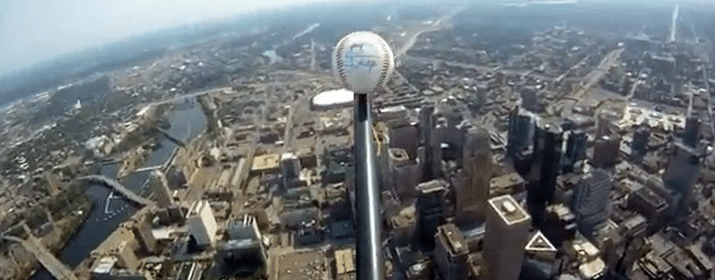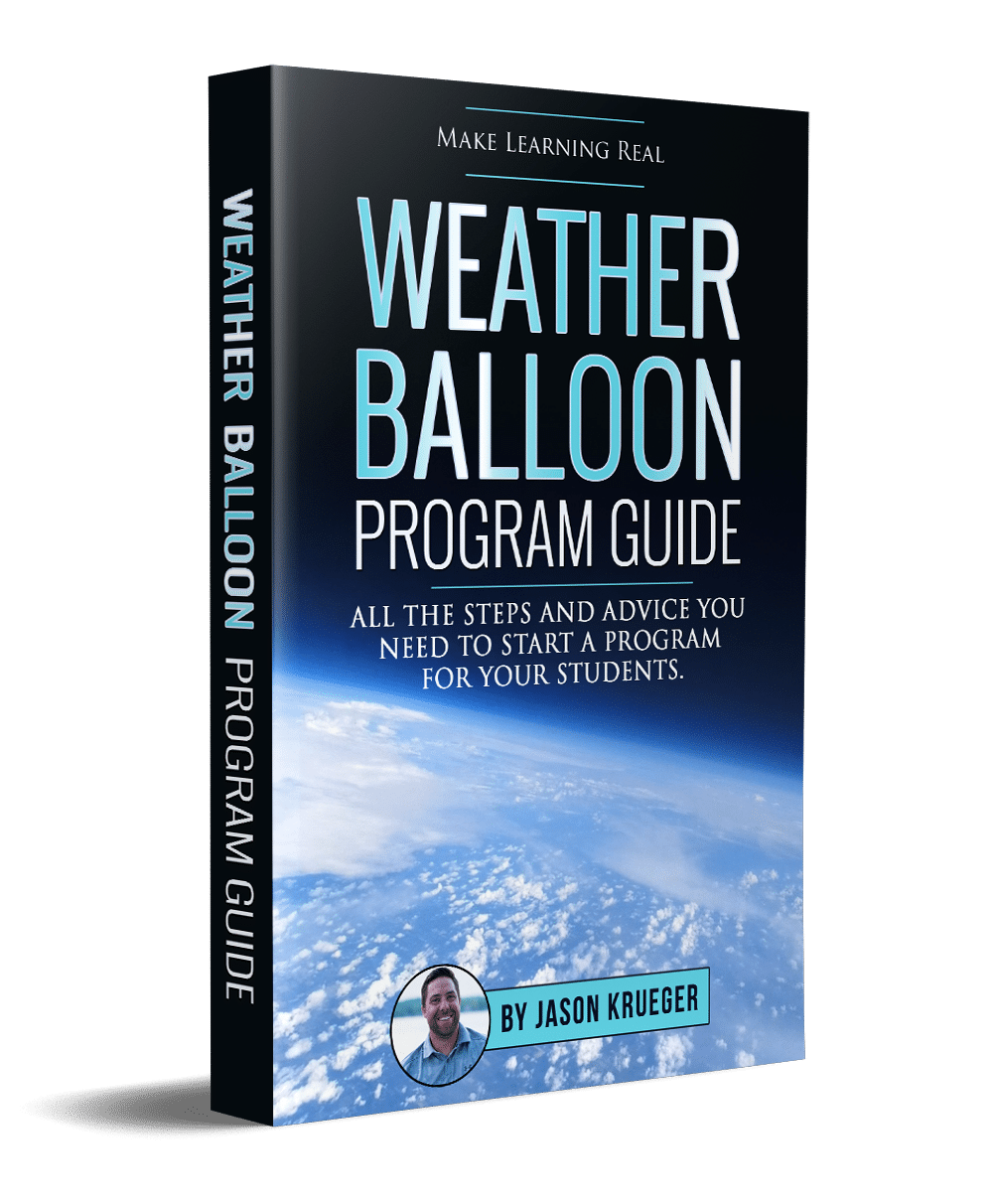This is the second of three blog posts about the Indian Valley high altitude balloon launch. You can find the first one, where we introduced the school, here “School’s Journey to the Edge of Space : Part 1 – Meet the School”
On weather balloon launch day, severe weather struck and we had to postpone the launch until the following Monday. That’s just fine, though, because weather is just one of the factors you have to work with when conducting a real-world experiments.
Each team of students in Mr. Jenkins’ 8th grade STEM class designed their own experiment to send into the edge of space. One team (Astro Crickets) planned to send crickets into the edge of space, with specific environments designed to help them survive the trip. They tried to plan for the many threats the crickets would face, including sub-zero temperatures, drastic changes in air pressure, and exposure to radiation. Another team (Ovular Objects) sent ovular objects into the edge of space, including grapes and balloons, one filled with air and another with water. They hypothesized that the grapes would turn into raisins halfway into ascent due to the changes in environment, and that the air balloon would pop, while the water balloon would only leak water due to the changes in air pressure. A third team (Design, Logistics, Balloons) attached six balloons to the boxes containing the other two experiments, to measure when and at what altitude the balloons would pop, if at all. They also decorated the boxes with glitter that would glisten in near space, as well as attached “props”: figures of Captain America and Darth Vader.
Many aspects of the weather balloon launch surprised the students, and they learned many things. The balloon and experiments reached an altitude of 62,720 feet, and traveled at a maximum horizontal speed of 120 mph, and traveled a total of 81 miles from the launch point. The coldest temperature recorded by the onboard sensors was 10°F, the lowest atmospheric pressure reading recorded was 0.88 psi, which is 1/15th the pressure of sea level. The students thought the balloon would rise at a constant rate, but it went would speed up and slow down until it burst.
Something fascinating happened to the balloon and experiments during the flight, the horizontal speed of the balloon drastically fluctuated above 30,000 feet. Normally, once a balloon reaches its maximum speed in the jet stream, it will gradually taper off to a slower speed. However, this balloon slowed down and sped up multiple times. It was decided more study and further flights would be necessary to determine what happened.
The altitude to horizontal speed ratio was abnormal throughout this flight.
As far as the student teams’ experiments, the Astro Crickets team learned that all of their crickets died in near space. However, their control crickets on Earth also died, so they will need further experiments to determine what happened. The Ovular Objects team was surprised to learn that their grapes didn’t freeze or become raisins. Their water balloon didn’t pop, nor did the air balloon pop. They determined that the Styrofoam box kept internal temperatures above 32°F, which didn’t allow their experiments to freeze. The Design, Logistics and Balloon team saw that all of the party balloons popped (though the camera watching them had to be removed to allow the high altitude balloon to travel higher), and the decorations on the boxes and both action figures held fast, and resulted in a great video. We’ll show you that in the next blog!
On weather balloon launch day, the students at Indian Valley got to see the direct results of their experiments, and were able to troubleshoot what caused their hypotheses to not work out. It’s all part of the great fun that comes with a Stratostar high altitude balloon launches.



